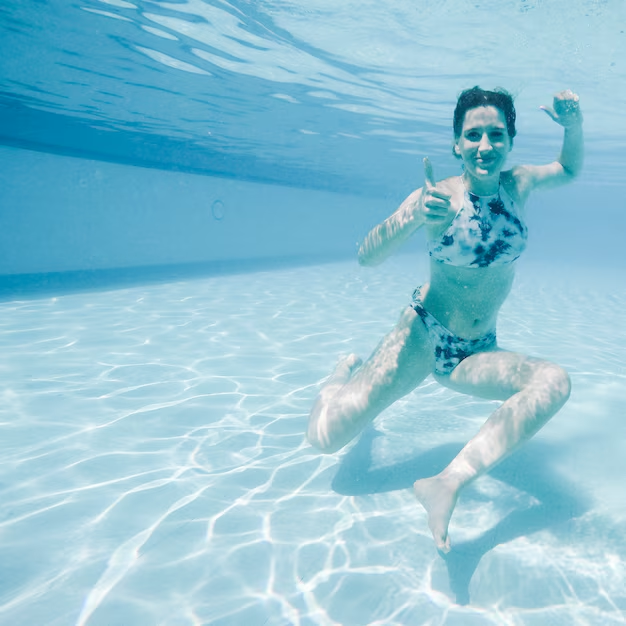Every girl’s worst nightmare is to get their periods while they are swimming and the next thing they know is they are in a pool of blood, buried in embarrassment. But what if you already had a swimming plan for a long time and got periods right before jumping in the pool? That doesn’t mean that you need to miss out on your fun swimming activity. You can still become the water baby that you are without becoming a topic of discussion among people.
Dos And Don’ts Of Swimming During Periods
Here are the dos and don’ts to keep in mind while swimming during your periods:
Don’ts Of Swimming During Periods

Wearing Pads
Wearing a pad while swimming during your period isn't practical. Pads absorb water, making them useless and messy. They can also lose their stickiness, which can cause them to shift around or fall out of place.
Not Wearing Any Menstrual Hygiene Product
Stepping into a pool during periods without wearing any menstrual hygiene product is something you should never do. The blood getting mixed into the water and inconvenience to other swimmers is something you ought never do.
Avoid Swimming In Lake And Ocean
You can swim during your period, but some doctors suggest avoiding lakes or oceans because of a higher risk of infection. This is because these bodies of water can't be disinfected like swimming pools can.
Don't Miss:Menstrual Cup, Sanitary Pads, Or Tampons: Which Is Right For You?
Dos Of Swimming During Periods

Wear A Menstrual Cup
A menstrual cup is a flexible, silicone or rubber cup that you insert into your vagina to collect period blood. Unlike pads and tampons, it doesn't absorb blood - instead, you empty and clean it. Menstrual cups are a safe option, possibly lowering infection risk, and some are reusable, making them cost-effective and eco-friendly.
Wear Period-Friendly Swimwear
Period swimwear and underwear are reusable and absorbent, similar to pads but built-in. They have multiple layers that trap blood, holding as much as 1-2 tampons, depending on your flow and the type you choose. Just remember to change and wash them every 12 hours or so.
Use Tampons
Tampons are made of cotton, rayon, or a mix of both. You can wear them while swimming, but keep in mind they might absorb some water, making them a bit soggy. Just change the tampon soon after you're done swimming. Tampons are linked to toxic shock syndrome. This is a rare but serious complication, therefore, it's important to quickly change the tampon after swimming instead of leaving it inside for long. Consult your healthcare provider before making any decision.
Don't Miss:Side-Effects Of Chlorine In Swimming Pools On Skin And Measures To Prevent It
If you liked this story, then please share it. To read more such stories, stay connected to HerZindagi.
Image Courtesy: Freepik

Take charge of your wellness journey—download the HerZindagi app for daily updates on fitness, beauty, and a healthy lifestyle!
Comments
All Comments (0)
Join the conversation